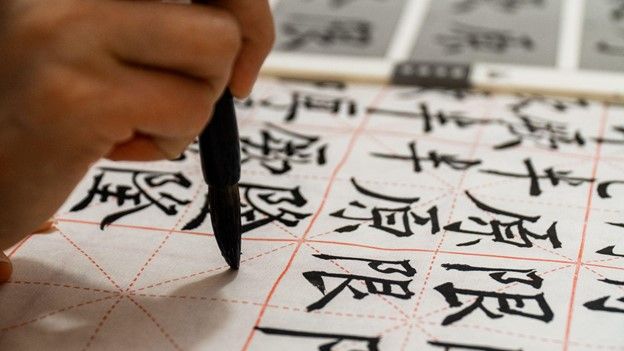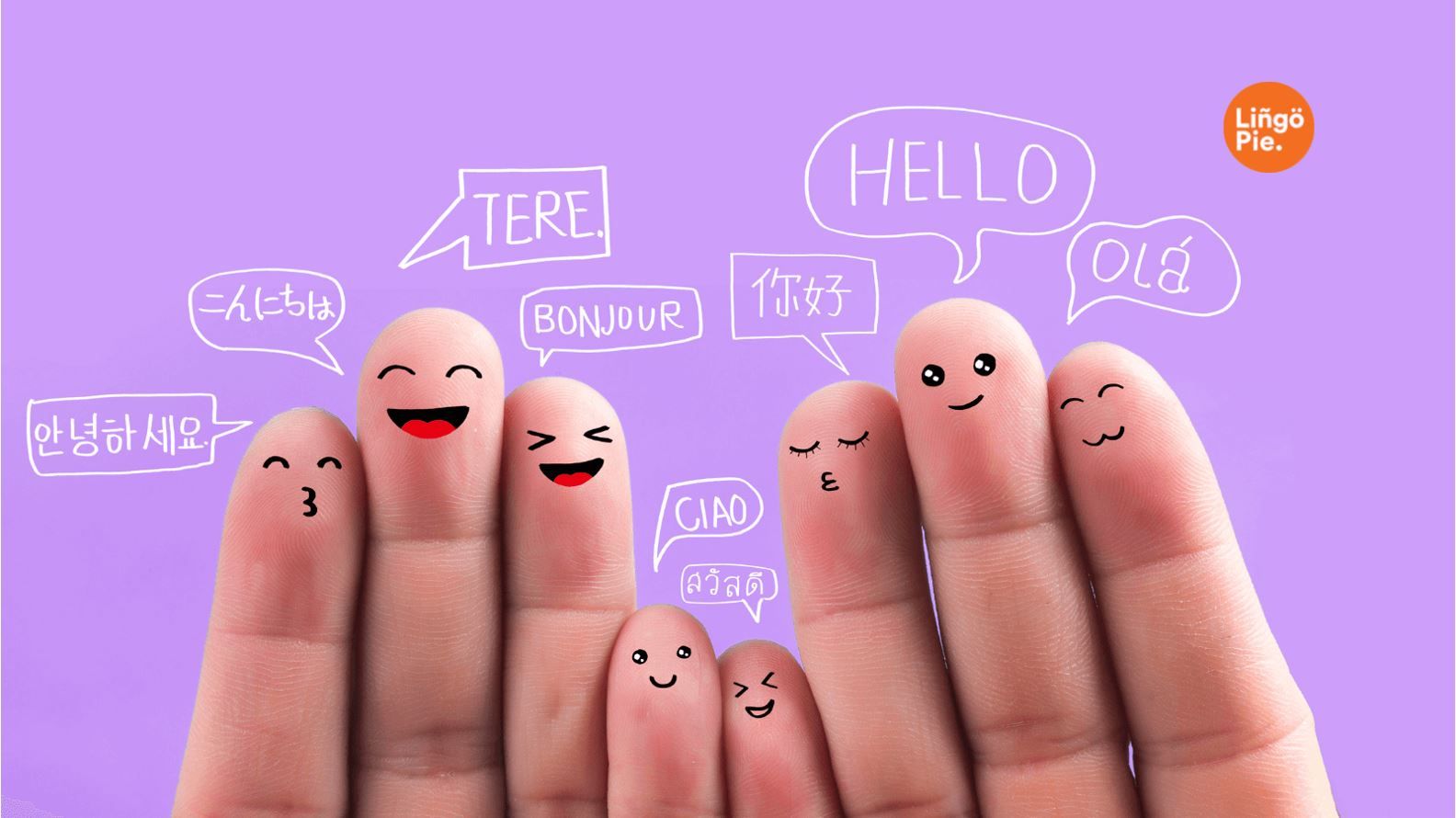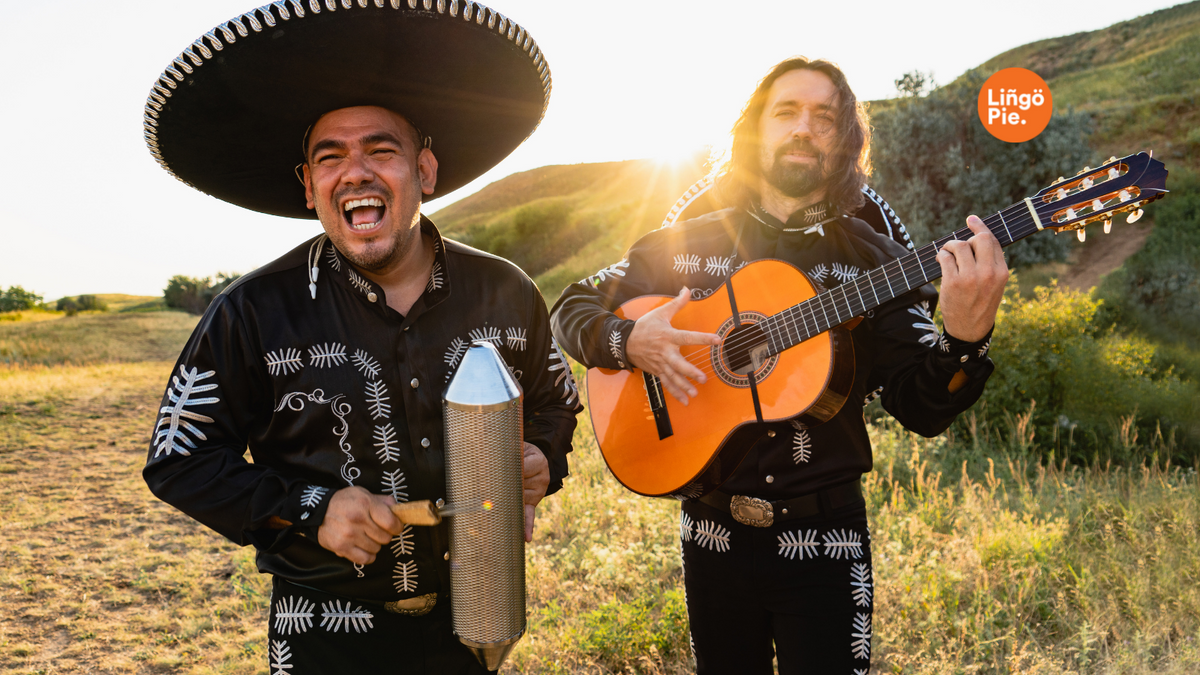If you want to know how to learn any language, the answer is to immerse yourself in this language as much as possible.
This not only effectively supports class-based learning but also helps to keep you engaged: by building the new language into your daily life, you are more likely to become fluent, quicker.
Plus, immersive learning tends to result in students picking up more of the ‘normal’ language that’s useful in everyday life.
Immersive learning can be practiced by, for example, changing the settings on your phone to the new language or listening to music in the target language. Making new labels for everything in your kitchen store cupboards is another excellent idea, as is regularly reading magazines in the new language.

Lingopie offers an innovative and immersive method for learning a language: watching tailored, subtitled TV shows! This is a fantastic way to pick up a new language whilst being entertained; the various interactive elements further support learning. So there you have it, the best way to learn a new language is by watching tv!
So, what’s the easiest language to learn in the world? Let’s find out.
What is the Simplest Language in the World?
The Romance Languages, Spanish, French, Romanian, Italian, and Portuguese, all share a common heritage, having originally been brought to the countries in which they are spoken by invading Roman soldiers - hence the name.
This mutual history means that if learners have some knowledge of one of these languages, they may find it relatively easy to pick up another of the five, due to shared vocabulary and grammatical structure, for example.
Spanish and French are often cited as two of the simplest languages to learn. But if you’re debating which one to choose, you may be wondering, is Spanish easier than French? And to what extent?
For many people, Spanish pips French to the post, in the ‘easiest language to learn in the world’ stakes, due to its highly phonetic nature.
Once you’ve got a firm grasp of how letters and syllables are pronounced, you’re good to go, as the rules regarding pronunciation are highly consistent in this language - much more so than French. This means that even brand new words are much easier to tackle.
The same consistency applies to the rules around accentuation in Spanish, too.

Unlike French (or English), word ordering in a sentence is flexible in Spanish, another reason that many learners point to this language as more straightforward to learn than most others.
In Spanish, the subject can be at the beginning, middle, or end of the sentence and still be correct. This is a significant one, as it negates many of the complexities that make becoming fluent in a new language so tricky.
In comparison, mastering French pronunciation and gaining good aural comprehension skills is more challenging: the pronunciation rules are more complex.
The use of a two-part tense in the formation of sentences and the requirements for specific word ordering also make this a slightly more difficult choice compared to Spanish. Learners will also need to get to grips with compound verbs, two-part negation, and five possible positions for accent marks, too!
Which Language Has the Biggest Vocabulary?
This is difficult to ascertain, as words can have different forms and meanings depending on inflection in some languages.
How to count compound words makes answering the question more challenging still, as does any attempt to figure out the number of words in languages that are considered to be non-alphabetic, like Chinese.
English began life as an offshoot of the Germanic language family tree and evolved to merge with Latin and Norman-French; as the years went on, more and more words from these, and other languages, were added to the English vocabulary; a process that is still ongoing today.
If the number of entries in a dictionary is viewed as determining which language has the greatest vocabulary, then English would take the medal: the Oxford English Dictionary contains over 600,000 words.

What is the Hardest Language to Learn?
Now we’ve looked at the easiest language to learn in the world, let’s discover which is the hardest.
This is largely due to its non-alphabetic nature. Before words can be learned, characters must be understood, and proficiency gained in writing them.
The language is not a phonetic one and requires a lot of memorization in order to gain fluency: for each word, the learner must grasp four things: its meaning, pronunciation, tone, and character.
The language has many accents and different dialects, too.

Each Chinese character needs an average of twelve strokes to form it - and there are 8105 characters to learn! To further complicate matters, most of the characters have fluid meanings and can only be used where certain linguistic conditions are met.
Similarly, two words that may sound the same can have totally different meanings, while two characters that look very different might sound identical.
For all of these reasons, Chinese usually tops the list of most difficult languages in the world to learn.
Best TV Shows to Learn the Easiest Language in the World With
So, now we’ve identified Spanish as one of the easiest languages to learn; what’s the best way to learn Spanish?
Watching specially tailored subtitled TV is an enjoyable and effective way to learn.
Lingopie offers a wide range of binge-worthy TV shows and unmissable movies to help you quickly gain proficiency in the language.
We round up the best TV shows to learn Spanish with that are suitable for beginners below. And if you’ve chosen to learn French, check the Lingopie web app to view a selection of the best French TV shows to learn French with.
1. Wake Up

This hit TV series tells the story of five teenagers who must navigate a world in which reality and virtual reality are almost impossible to tell apart. Thrilling, gripping, and thought-provoking, this series is an excellent introduction to learning Spanish through watching tv.
2. Colleagues

Colleagues is a gentle comedy about a group of actors who reconnect twenty years after starring in a hit TV show together, their lives each having taken very different turns. Relax and enjoy Series One on Lingopie while picking up some beginner-friendly vocabulary and phrases.
3. The Last Show

Whimsical and inspiring, The Last Show is a short film about Jorge, who, having been a clown for most of his life, is determined to do whatever it takes to keep his circus open when it comes under threat of closure. Beginner-friendly and highly watchable, this short movie is perfect for those getting started with learning Spanish.








![How To Learn Italian Through The News [ Comprehensive Guide]](/blog/content/images/size/w300/2024/07/Apprendre-Des-Gros-Mots-Faciles-En-Allemand.png)
